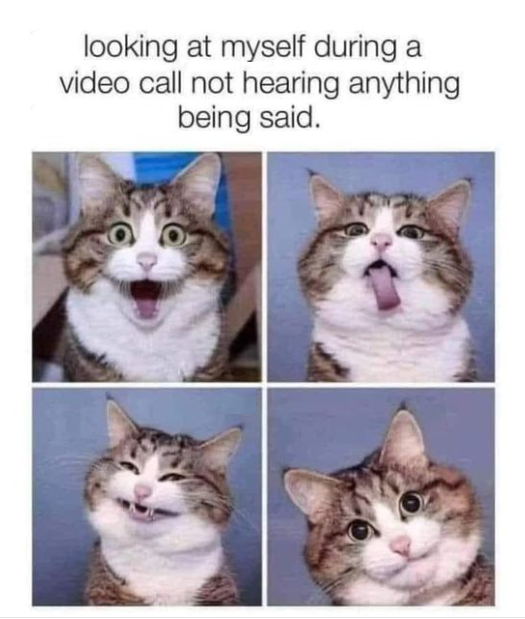Post by Berry McPaper-cuts on Apr 21, 2023 20:44:13 GMT

Lonely parrots have been trained to video call each other to help overcome feelings of isolation.
The pet birds were trained to ring a bell and use their beaks to choose on a screen which of their feathered friends they wanted to communicate with.
Some even said the name of the parrot they wanted to see, confirming “Rosie” when their owner pointed to a particular bird.
Those who put in the most effort to get in touch with other parrots were rewarded with more calls returned, and were seen to blossom, with increased preening, singing and play.
Dr Ilyena Hirskyj-Douglas, from the University of Glasgow’s School of Computing Science, said: “Video calling technology helped a lot of people through the early days of the Covid pandemic where self-isolation was vital to slowing the spread of the virus.
“We wanted to explore whether those birds (kept as pets) might benefit from video calling too.
“If we gave them the opportunity to call other parrots, would they choose to do so, and would the experience benefit the parrots and their caregivers?”
In the wild, many species of parrots live in large flocks, and are highly social, but when kept as pets they often live on their own or in small groups.
Isolation and boredom can cause birds to develop psychological problems, which can manifest as rocking, excessive pacing or even self-harming behaviours like feather-plucking.
In a new study, researchers wanted to see whether 18 pet parrots could learn to make and receive video calls when they needed to help mitigate isolation.
In the initial stages, the birds learned to ring a bell and then touch a photo of another bird on the screen of a tablet device to trigger a call to that bird. Calls would only work when caregivers were able to assist at both ends.
In the second phase, the parrots could choose to call other birds at their own will by ringing the bell then selecting the bird they wanted to call.
During a two-month study period, owners said they recorded 147 deliberate calls between birds.
Dr Jennifer Cunha, affiliate researcher at Northeastern University, said: “We saw some really encouraging results from the study.
“The parrots seemed to grasp that they were truly engaging with other birds onscreen and their behaviour often mirrored what we would expect from real-life interactions between these types of birds.
“We saw birds learn to forage for the first time, and one caregiver reported that their bird flew for the first time after making a call.
“All the participants in the study said they valued the experience, and would want to continue using the system with their parrots in the future.”
Parrot owners said they recorded 147 deliberate calls between birds
Although there are many products already on the market that allow humans to have remote contact with their animals, it is thought to be the first to allow animals to directly communicate with each other over the internet at their instigation.
The team has previously designed similar technology such as DogPhone, which allowed pet dogs to shake a ball to communicate with their owner, and JoyBranch which helped zoo animals select music for their enclosure.
Dr Hirskyj-Douglas added: “The animal internet is already here – there are hundreds of products on the market that let pet owners interact with their animals remotely over the net, but their design is primarily focused on what humans want, not what their pets need.”
The latest research will be presented as a paper at the ACM Conference on Human Factors in Computing Systems in Germany next week.

